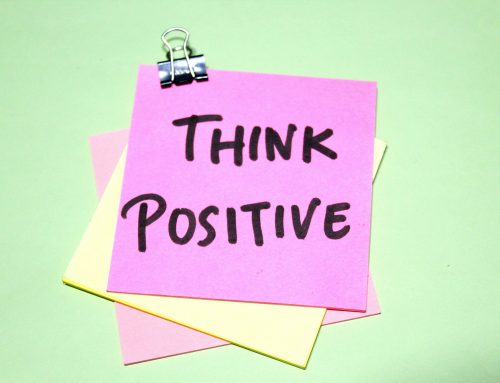You hear tear-jerking stories of your students’ home lives all the time. One is being raised by grandparents who are barely healthy enough to walk because they have no health insurance. Another slept on the floor with her four younger siblings last night. Two had no dinner last night, so their last full, healthy meal was yesterday’s school lunch. The girl always late to school was dragged there by her mom, caught for a felony charge at 2:00 a.mt. And the defiant, little boy had an uncle die in his home recently due to a heroin overdose. These are all true stories. I have heard or witnessed with my own eyes during my experiences teaching, mentoring, and conducting research with K-12 educators. Can you imagine the mental health issues and anxiety these poor kids face each and every day?
They may be insubordinate, unresponsive, or just downright hateful toward you at school. However, the consistency of your classroom, your rules, and your belief in them is something they crave and need.
Giving Students a Choice Will Go a Long Way!
Give students the choice to move around a bit during class with an additional focus on mindfulness activities. It seems to work magic with students who are struggling with mental health issues such as depression, ADHD, and anxiety. Research shows that physical activity has beneficial effects on mental health outcomes for youth. It can reduce anxiety, reduced depression, and improve self-esteem. Therefore, increasing physical activity levels for these populations is suggested to promote well-being. You play such an integral role in helping these kids and teaching them the fun in moving as opposed to laying around. 5 Minute Physical Activities are a great way to fill some down time and create an environment that makes them excited to learn! Additionally, some of these children need to learn ways to calm their minds and clear their thoughts.
Mindfulness Banners provide instructions for students to read and follow if they need a break from the regular fast-pace of the classroom. Students can find a quiet place in the room, teach themselves to calm down, and become more aware of their bodies by following the simple instructions on the banners. This allows them the autonomy to determine when they need to excuse themselves from the regular instruction, close their eyes, relax their mind and body, focus on inhaling and exhaling, and increase their time in good posture to improve their outlook. Keep doing what you’re doing, and never give up on these children! You may be the only hope they have.
Active Mind Resources
References
Ahn, S., & Fedewa, A. L. (2011). A meta-analysis of the relationship between children’s physical activity and mental health. Journal of Pediatric Psychology, 36(4), 385-397.
Biddle, S. J., & Asare, M. (2011). Physical activity and mental health in children and adolescents: a review of reviews. British Journal of Sports Medicine, 45(11), 886-895.
McMahon, E. M., Corcoran, P., O’Regan, G., Keeley, H., Cannon, M., Carli, V., … & Balazs, J. (2017). Physical activity in European adolescents and associations with anxiety, depression and well-being. European Child & Adolescent Psychiatry, 26(1), 111-122.
Heather is a Professor in the Department of Kinesiology and Health Promotion at the University of Kentucky. She is a former physical education teacher, and co-author of Dynamic Physical Education for Secondary School Children, 8ed. Heather was also the recipient of the NASPE Curriculum and Instruction Young Scholar Award and a AAHPERD Research Consortium Fellow.








Leave A Comment